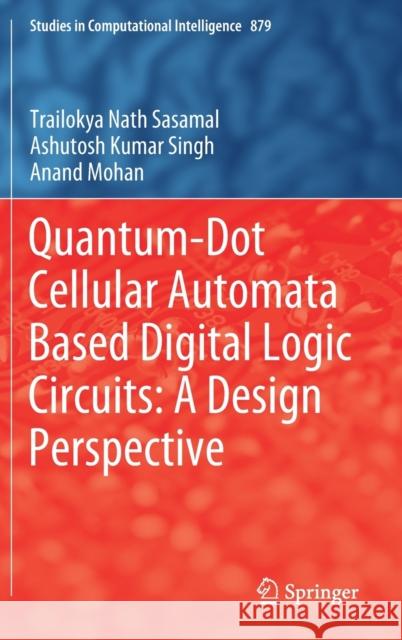Quantum-Dot Cellular Automata Based Digital Logic Circuits: A Design Perspective » książka
topmenu
Quantum-Dot Cellular Automata Based Digital Logic Circuits: A Design Perspective
ISBN-13: 9789811518225 / Angielski / Twarda / 2020 / 178 str.
Quantum-Dot Cellular Automata Based Digital Logic Circuits: A Design Perspective
ISBN-13: 9789811518225 / Angielski / Twarda / 2020 / 178 str.
cena 402,53
(netto: 383,36 VAT: 5%)
Najniższa cena z 30 dni: 385,52
(netto: 383,36 VAT: 5%)
Najniższa cena z 30 dni: 385,52
Termin realizacji zamówienia:
ok. 22 dni roboczych
Dostawa w 2026 r.
ok. 22 dni roboczych
Dostawa w 2026 r.
Darmowa dostawa!
Kategorie:
Kategorie BISAC:
Wydawca:
Springer
Seria wydawnicza:
Język:
Angielski
ISBN-13:
9789811518225
Rok wydania:
2020
Wydanie:
2020
Numer serii:
000318395
Ilość stron:
178
Waga:
0.45 kg
Wymiary:
23.39 x 15.6 x 1.27
Oprawa:
Twarda
Wolumenów:
01
Dodatkowe informacje:
Wydanie ilustrowane











